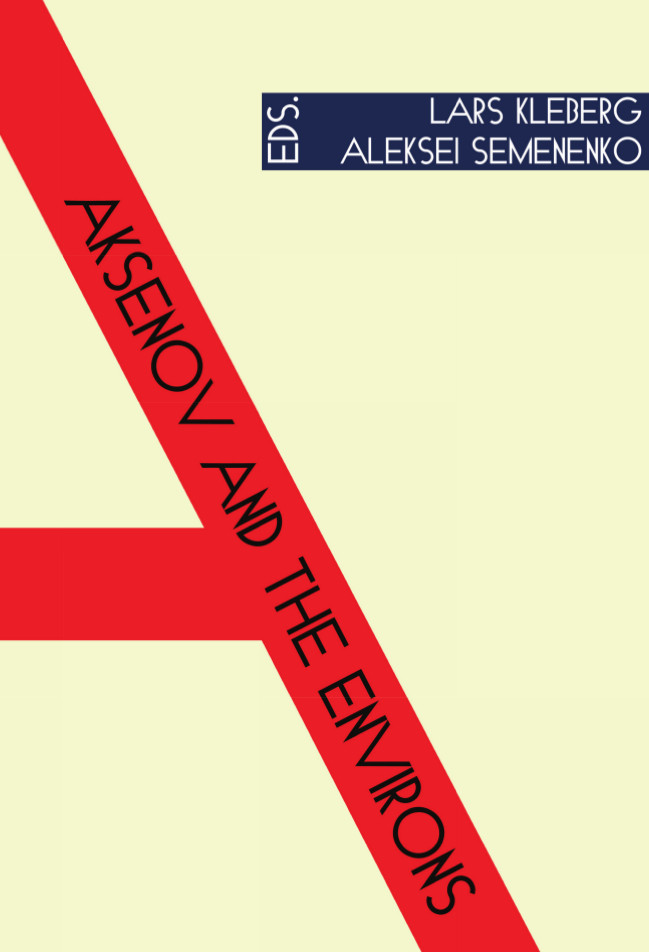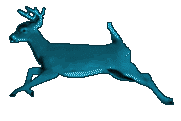Luigi Russolo: The Art of Noises (1916–) [IT, EN, ES, DE, FR, RU]
Filed under book | Tags: · aesthetics, futurism, music, noise, sound

The slim volume of essays, presented here for the first time in English translation, is one of the significant documents of musical aesthetics of this century. If the book itself has remained the province of a mere handful of readers, its ideas, passed on through a variety of later musical and literary movements, became the inspiration for some of the most innovative artistic creations of modern times. Luigi Russolo anticipated-indeed, he may have precipitated-a whole range of musical and aesthetic notions that formed the basis of much of the avant-garde thought of the past several decades. His ideas were absorbed, modified, and eventually transmitted to later generations by a number of movements and individuals-among them the futurists, the Dadaists, and a number of composers and writers of the nineteen-twenties. The noise instruments he invented fascinated and infuriated his contemporaries, and he was among the earliest musicians to put the often-discussed microtone to regular practical use in Western music. Russolo’s views looked forward to the time when composers would exercise an absolute choice and control of the sounds that their music employed. He was the precursor of electronic music before electronics had come of age.
Italian edition
Publisher Edizione Futuriste di “Poesia”, Milan, 1916
92 pages
English edition
Translated, and With an Introduction by Barclay Brown
Publisher Pendragon Press, New York, 1987
Monographs in Musicology series, Vol. 6
ISBN 0918728576
87 pages
Russolo at UbuWeb (includes 2 CDs and an edition of the 1967 Robert Filliou’s translation of the manifesto)
Wikipedia (EN)
Publisher (EN)
L’Arte dei rumori (Italian, 1916)
The Art of Noises (English, trans. Barclay Brown, 1987, no OCR)
El arte de los ruidos. Manifiesto Futurista (Spanish, 1996, the manifesto only)
Die Geräuschkunst (German, trans. Justin Winkler and Albert Mayr, 1999)
L’Art des bruits. Manifeste futuriste (French, 4th Edition, 2003/2013, the manifesto only)
Искусство шумов (Russian, undated, the manifesto only)
See also:
The Noise Instruments of Luigi Russolo (Barclay Brown, 1981, 18 pp)
Luciano Chessa: Luigi Russolo, Futurist: Noise, Visual Arts, and the Occult (2012)
Arndt Niebisch: Media Parasites in the Early Avant-Garde: On the Abuse of Technology and Communication (2012)
Filed under book | Tags: · art history, avant-garde, dada, futurism, mass media, media ecology, networks, noise, parasite, performance, poetry, radio, sound, subversion, technology

“The avant-garde movements of the early twentieth century inhabited the media discourses of their time like parasites, constantly irritating and taking from them. Dadaists ripped images of a mechanically reproduced world out of newspapers and magazines and reassembled them in their collages. Futurists instrumentalized the brevity of telegraph messages for their free word poetics. Artists such as F.T. Marinetti, Raoul Hausmann and Luigi Russolo constantly abused existing media technologies and hijacked public communication. This study traces these subversive tactics from avant-garde poetry to media technological experiments with radio tubes.”
Publisher Palgrave Macmillan, 2012
Avant-Gardes in Performance series
ISBN 1137276851, 9781137276858
250 pages
PDF, PDF (updated on 2016-3-15)
Comments (3)Lars Kleberg, Aleksei Semenko (eds.): Aksenov and the Environs (2012) [Russian, English]
Filed under book | Tags: · art, art history, avant-garde, constructivism, futurism, literature, russia, theatre

“Ivan Aleksandrovich Aksenov (1883-1935), critic, poet, and translator, was an outstanding representative of the Russian avant-garde art.
In the 1920s, Aksenov was close to the constructivists and worked in the theatre of Vsevolod Meyerhold, also serving as the dean of its directors’ school. Aksenov’s analysis of the problems of mis-en-scène, more geometrical than ideological, influenced a new generation of directors, headed by Sergei Eisenstein.
For different reasons, Ivan Aksenov’s life and works have remained unknown outside a small circle of initiated readers. During the Soviet era, he was soon marginalized because of his engineer’s view of art and his anti-ideological position. Later, specialised scholars ignored him, finding it too difficult to grasp his versatile personality, which was both original and representative of the multi-faceted Russian avant-garde movement.
This book of essays by authors from nine different countries sheds light on the writer’s extraordinary contribution to Russian culture.”
Contributions by Lars Kleberg, John Bowlt, Nicoletta Misler, and Janne Risum are in English.
Publisher Södertörns högskola, Huddinge, 2012
Södertörn Academic Studies 52
ISBN 9186069543, 9789186069544
242 pages
via DiVA Academic Archive

